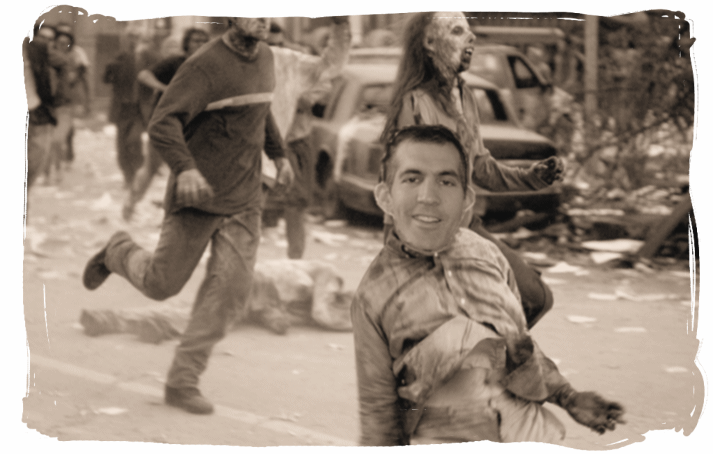
click map to enlarge—the red square is this 'quake
An hour after I arrived in Berkeley tonight, and settled into my hotel, the building started to rock and roll. The 4.2 earthquake, centered in Lafayette, while not so bad, was felt all around the Bay Area. Berkeley was the site (and epicenter) of another earthquake just last week.
Kron-TV says that "The earthquake shook basketball fans at Haas Pavilion on the University of California's campus in Berkeley. The crowd issued a collective "Oooh," as the building briefly shuddered during a timeout in Cal's game against Arizona, then cheered loudly while officials briefly delayed resuming the game."
We experienced dozens of earthquakes when we lived here, especially our year in married student housing in the Berkeley Hills. The Hayward fault ran--literally--through our backyard, and straight through the U.C. campus. We felt little earthquakes every day while we lived there. Fortunately, we had moved to Seattle by the time of the big quake of '89.
When I was 11, the Seattle April 29, 1965 earthquake (epicenter: Shelton) registered a 6.5 magnitude. I was outside at elementary school and watched the massive waves roll through the streets and saw cars bouncing up and down. I was in San Francisco during the April 24, 1984 Morgan Hill earthquake. I worked on the 10th floor of a 1905 skyscraper on Market Street. In that 6.2 quake, my building rocked for several minutes after the quake. It was 15 years 'til I experienced my next big one--the Seattle Nisqually earthquake on February 28, 2001--a 6.8 magnitude temblor, still vivid in my memory. While it's happening all you can think is "when's it going to stop?" As your intestines turn to jelly, you begin to wonder if this is finally the one we've all dreaded; if this is The Big One.
---o0o---













